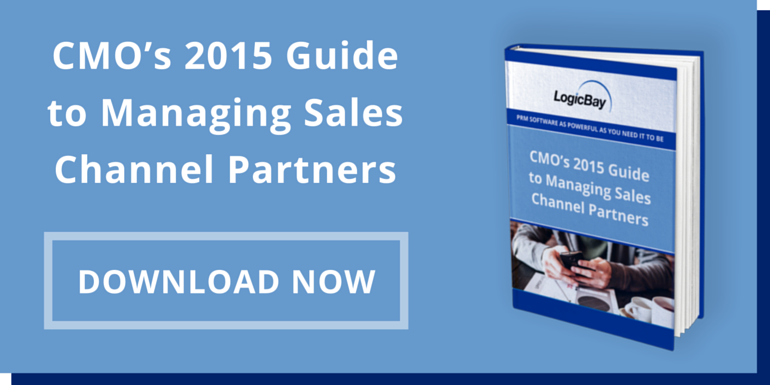Deciding to invest in improvements to your partner relationship management strategy makes a lot of sense. Partners have always been an integral component of building your brand and expanding into new markets.
At the same time, you have to manage these relationships so they don’t end up costing you more money than they are worth. To efficiently manage them, though, you need certain markers that will tell you whether you’re moving closer to profitability. Let’s look at some ways to measure your success.
Ask for Feedback
Don’t forget to simply ask your partners how they feel your relationship is progressing. This can be done informally or through an annual dealer survey. A survey is a great way to compile results and share them throughout your partner network. Your partners will appreciate your interest in keeping them happy and productive. After all, an unhappy channel partner will not likely be profitable. Their satisfaction should be one measure of how well your PRM attempts are going.
Metrics Tied to Revenue
The amount of revenue any partner generates is the most common measurement of success and possibly the easiest one to track. At the end of the day, you’re relying on partners to help bring in more revenue, correct? However, this is typically a lagging indicator of success and should be evaluated relative to other activities such as training, marketing initiatives, and pre-sales efforts.
By digging deeper into what leads certain partners to drive more revenue than others, you will have a better ability to share these best practices with the rest of your channel. It is also an important way to evaluate which partner support programs are working well, and which ones need to be re-evaluated or dropped entirely.
Speak to Your Own People
Don’t forget about your own staff - especially your direct sales department and your marketing team. You should reach out to them to see how they feel about the success of your partner network. These groups tend to have their own perspective on market demands and it should be evaluated relative to what your partners are saying.
If their feedback is closely aligned to your sales partners you will have an easier time creating consistency in your internal sales and marketing tools to share with your channel partners.
Automation
One very important aspect of a successful PRM campaign is that necessary work is automated. More than that, though, it needs to be automated successfully, meaning extra work isn’t created because you’re constantly checking in on various tasks.
Bringing on partners necessarily means more work. If you can’t find a way to automate your business processes tied to new partner on-boarding, you’ll find it difficult to scale effectively and your new partners may feel frustrated right out of the gate. We all know the feeling of getting bogged down in inefficiencies. Look to a PRM solution to help alleviate these unnecessary headaches.
Align Your Customer Relationship Management System
Although PRM software comes with a ton of benefits, don’t forget about the power of your internal CRM (Customer Relationship Management). CRM can help you dig deep into your customer’s experience, going beyond what they decide to buy and when.
One very effective way to get a grip on your PRM success is by making sure these two platforms are integrated and can share valuable data back and forth. The insights you gain about your PRM attempts will be more than worth the investment, as there are a number of other things you can do with it.
Partner relationship management strategy is critical to the long-term success of your sales partner network. However, if you don’t know how to measure your rate of success, it stands a good chance of becoming a huge burden. Hopefully the factors we have shared above will keep you on the path to continuous improvement.

